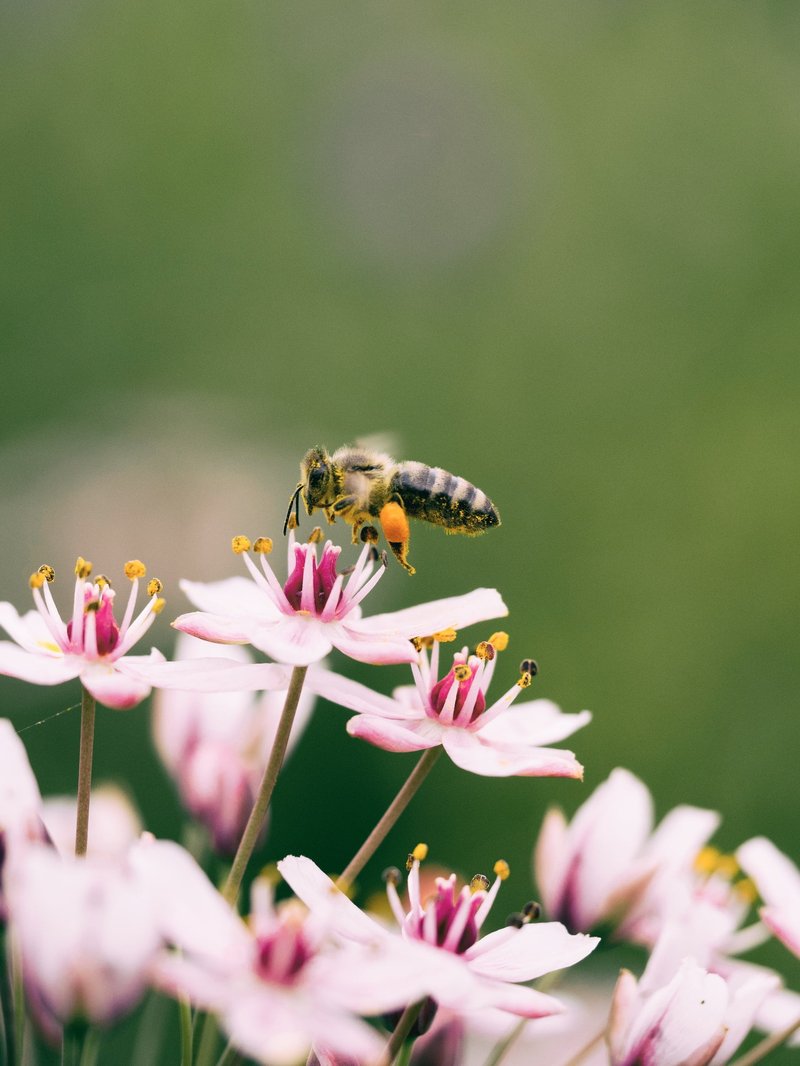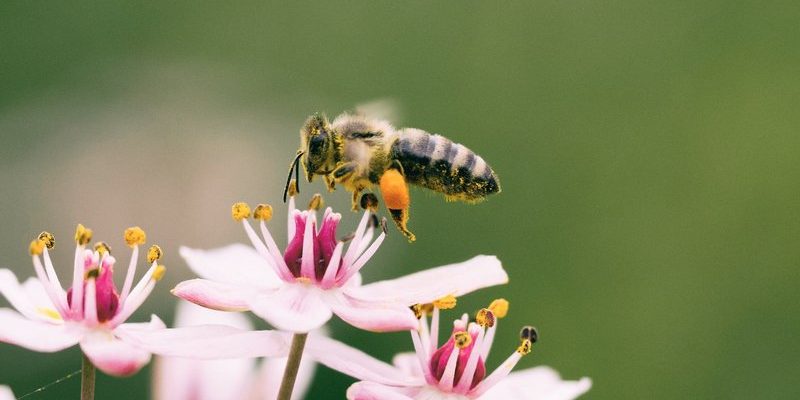
Imagine your garden as a stage, where each flower is a performer, waiting for its audience. Stingless bees are like the guests who appreciate that show, ensuring your plants can thrive and bloom beautifully. So, if you’re ready to transform your green space and give a warm welcome to these gentle pollinators, let me explain how you can attract stingless bees to your garden.
Understanding Stingless Bees
Before we dive into attracting these bees, it’s helpful to know what makes them tick—or should I say buzz? Stingless bees encompass over 500 species found in tropical and subtropical regions around the world. Unlike honeybees, they don’t have a sting, making them perfect garden companions, especially for kids or anyone wary of getting stung.
These bees are social insects, living in colonies that can range from a few hundred to several thousand individuals. Their hives are often built in tree trunks, underground, or in abandoned buildings. With their unique foraging habits, they tend to prefer certain types of flowers over others. This means if you want to attract them, you’ll need to curate your garden with their favorites.
Creating a Bee-Friendly Environment
Here’s the thing: to attract stingless bees, you can’t just throw a few flowers in the ground and hope for the best. You need to create a space that feels safe and welcoming to them. Start by planting a diverse range of native flowers, as these are most likely to attract local bee species.
Some great choices include:
- Native Wildflowers: Plants like lavender, daisies, and sunflowers are bee favorites.
- Herbs: Basil, thyme, and sage not only smell lovely but offer food for bees too.
- Fruit Trees: Citrus trees, especially, are a magnet for stingless bees.
Consider incorporating a variety of colors and shapes. Bright blues, yellows, and purples are particularly attractive to them. And don’t forget to avoid pesticides! These chemicals can harm stingless bees, so opting for organic gardening practices is a must.
Water Sources: A Key Element
Stingless bees also need access to water. Just like us, they need it to thrive. You might be wondering how to provide them with this vital resource. An easy option is to create a small puddle or shallow dish filled with water. You can add stones for the bees to land on while drinking, ensuring they don’t drown.
A small birdbath or even a tray with pebbles can work wonders. Keep it filled but not overflowing, so they have a safe spot to land. Plus, it adds a lovely touch to your garden setup!
Building a Stingless Bee Hotel
If you’re feeling a bit crafty, consider building a stingless bee hotel. This is a cozy little haven for them, where they can nest and thrive. It’s like setting up a cute Airbnb for bees in your garden!
To create one, grab a small wooden box and fill it with natural materials like hollow twigs, bamboo, or dried leaves. Make sure it’s weather-resistant and place it in a shaded area of your yard. Positioning it at least three feet off the ground provides extra safety from predators.
You can also enhance your bee hotel by adding a few wooden blocks with drilled holes. These act as nesting spots, helping to attract stingless bees looking for a cozy home.
Timing is Everything
You might not realize it, but the timing of your gardening efforts plays a big role in attracting stingless bees. These little creatures are most active during warmer months when flowers are in full bloom. Their foraging schedules usually peak during the day when temperatures are just right.
Consider planting your bee-friendly flowers in early spring so they bloom beautifully by summer. This way, when the bees are buzzing about, your garden will be a vibrant buffet, drawing them in. Remember, patience is key; it might take some time for the bees to discover their new favorite spot.
Keeping Your Garden Natural
Another effective way to attract stingless bees is by ensuring your garden feels as natural as possible. Maintaining a natural ecosystem helps create a balanced environment that’s more appealing to bees and other beneficial insects.
Here are some tips to keep things organic:
- Avoiding Chemicals: As mentioned earlier, steer clear of pesticides and herbicides.
- Promote Biodiversity: Include a variety of plant species to support different insects and wildlife.
- Leave Some Areas Undisturbed: Let some parts of your garden grow wild. This can create a natural habitat for bees.
When you embrace a natural gardening approach, you not only help stingless bees thrive but also contribute to the overall health of your garden ecosystem.
Benefits of Attracting Stingless Bees
Now that we’ve covered the ins and outs of attracting stingless bees, you might be wondering: why go through all this effort? Well, there are plenty of benefits!
First off, by having stingless bees in your garden, you significantly improve pollination. This can lead to a greater yield of fruits, vegetables, and flowers, leading to a more productive garden. Plus, these bees help enrich the biodiversity of your garden, promoting a healthier environment.
Moreover, stingless bees are fascinating to observe. Watching them forage can be a delightful experience, connecting you deeper to nature. Your garden turns into a lively ecosystem, bustling with activity and life.
In conclusion, attracting stingless bees to your garden isn’t just beneficial for the plants; it’s a rewarding venture that enriches the entire gardening experience. By creating a welcoming environment and embracing organic practices, you’ll enjoy the beauty and buzz these special pollinators bring. Happy gardening!

